Emergence of Smart Cities
The emergence of smart cities is significantly impacting the Fare Management System Market. As urban areas adopt smart technologies, fare management systems are evolving to integrate with various smart city initiatives. This includes the use of IoT devices for real-time tracking and data collection, which enhances operational efficiency and user experience. Reports indicate that investments in smart city projects are expected to reach trillions of dollars in the next decade, creating substantial opportunities for fare management systems to innovate and adapt. This trend suggests that the future of fare management will be closely tied to the broader smart city ecosystem.
Government Initiatives and Funding
Government initiatives play a crucial role in shaping the Fare Management System Market. Many governments are investing in modernizing public transport infrastructure, which includes upgrading fare management systems. Recent reports indicate that public transport funding has increased by approximately 20% in various regions, aimed at enhancing service quality and accessibility. Such investments not only improve operational efficiency but also encourage the adoption of advanced fare technologies. This trend indicates a supportive environment for the growth of fare management systems, as public authorities seek to provide better services to their constituents.
Integration of Advanced Technology
The Fare Management System Market is experiencing a notable shift towards the integration of advanced technologies such as artificial intelligence and machine learning. These technologies enhance operational efficiency and improve customer experience by enabling personalized services. For instance, AI-driven analytics can optimize fare structures based on demand patterns, leading to increased revenue. The adoption of such technologies is projected to grow, with estimates suggesting a compound annual growth rate of over 15% in the coming years. This trend indicates a significant transformation in how fare management systems operate, making them more responsive to user needs and market dynamics.
Rising Urbanization and Public Transport Demand
Urbanization continues to drive the Fare Management System Market, as more individuals migrate to urban areas, increasing the demand for efficient public transport solutions. According to recent data, urban populations are expected to rise by 2.5 billion by 2050, necessitating improved fare management systems to accommodate this growth. Enhanced fare collection methods, such as mobile ticketing and contactless payments, are becoming essential to streamline operations and enhance user convenience. This trend suggests that fare management systems must evolve to meet the needs of a growing urban populace, thereby creating opportunities for innovation and investment.
Focus on Sustainability and Environmental Concerns
The Fare Management System Market is increasingly influenced by the global focus on sustainability and environmental concerns. As cities strive to reduce carbon footprints, there is a growing emphasis on promoting public transport as a viable alternative to private vehicles. This shift necessitates the implementation of efficient fare management systems that can support increased ridership while minimizing environmental impact. Data suggests that cities adopting sustainable transport solutions have seen a rise in public transport usage by up to 30%. This trend indicates a potential for fare management systems to play a pivotal role in supporting sustainable urban mobility initiatives.


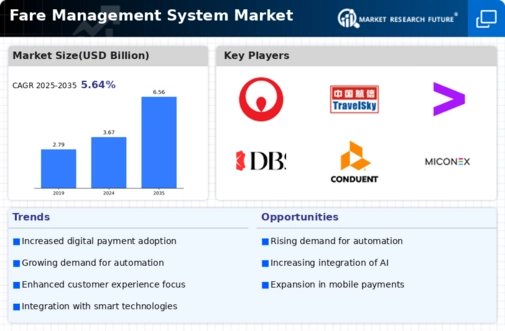
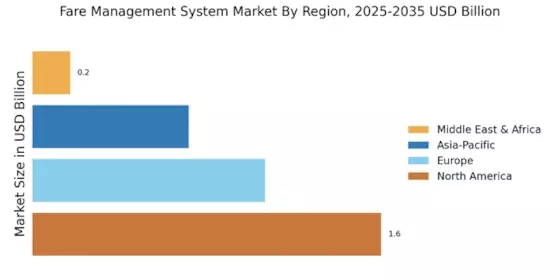
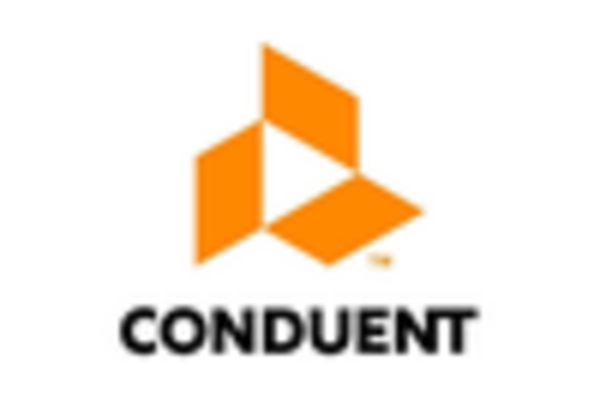
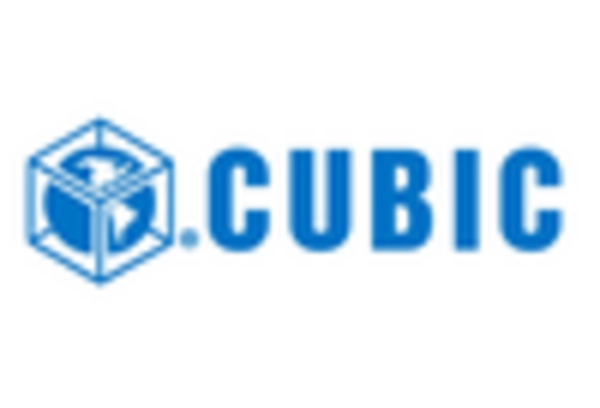
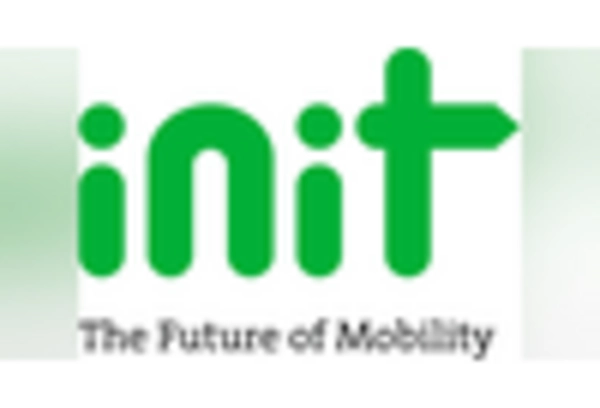
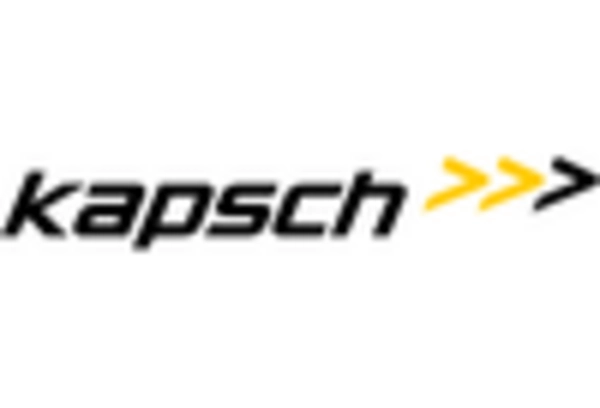
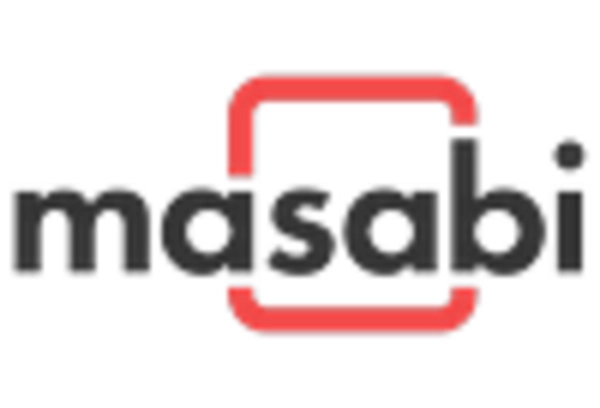









Leave a Comment